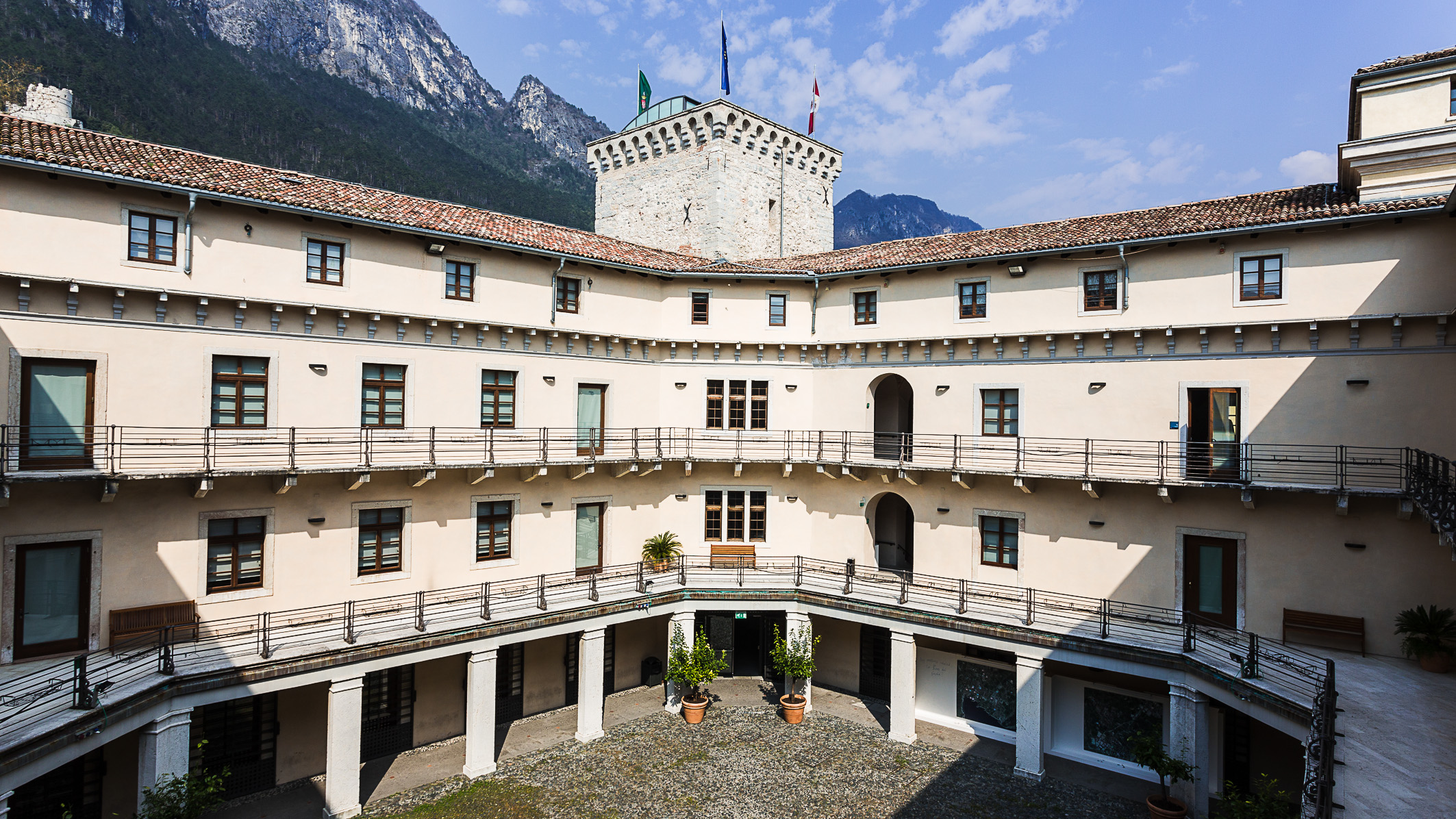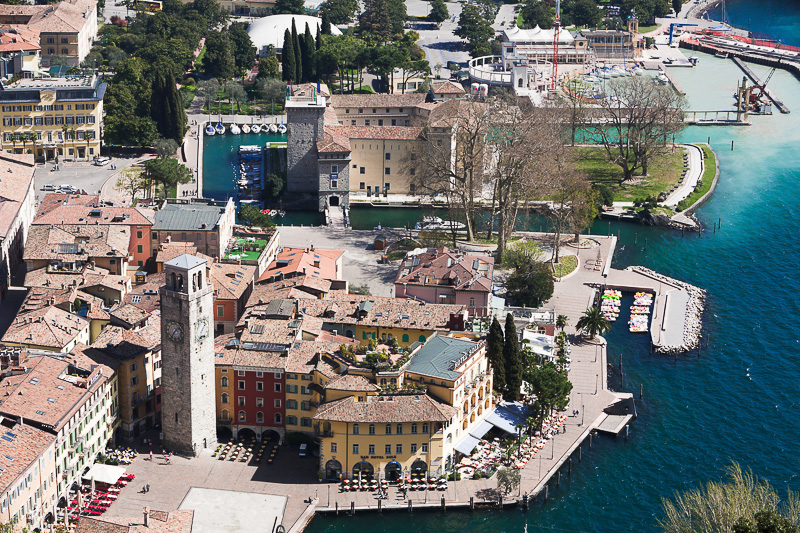

 |
|
The Picture Gallery features landscapes painted by those 19th-century painters struck by the beauty of the marvellous natural views of the Garda area, featuring works of artists such as Pietro Ricchi, Vincenzo Vela and Francesco Hayez.
In the section dedicated to Archaeology, the famous stele statues are to be found, precious findings of international interest, dating back to the Copper Age.
The History section portrays the past of Riva del Garda and the Lower Sarca area in general, characterised by the passage of various conquerors, such as the Veronese, the Milanese and the Venetians, right up to the golden period in which Riva del Garda became a tourist resort for illustrious guests, such as Thomas Mann and Franz Kafka. This section ends with the events related to the first and second world war.
Throughout the year, the Museum also dedicates much space to temporary exhibitions and research projects, aimed at offering both a contemporary interpretation of the historic and artistic heritage in the Museum’s possession and views of the landscape and contemporary culture.
Instead, with the INvento project, the Museum has created a series of spaces dedicated to children inside the galleries, with the aim of letting them learn while enjoying themselves. INvento is a permanent workshop trail, with various stations around the Museum offering both teaching activities and creative games, now offering the chance to try out different painting materials and techniques with an exciting treasure hunt among the works in the collection.
A must for all visitors to the museum is the climb up to the Mastio, the main tower of the Rocca offering a breathtaking view of the city and the lake.
This enchanting panorama may also be seen from the top of the Apponale Tower, just a short walk away from the Museum across the town centre.
The Apponale Tower is mentioned for the first time in 1273. The historian Baruffaldi claims that it was “the donjon of a fortalice that served to safeguard the port.” It was probably named so because it overlooked the part of the port that looks “a Ponale”, i.e. in the direction of the village of Ponale. Originally lower and with the access door fairly high off the ground, it was further raised in 1552. It now stands at a height of 34 metres, with foundations that go down some 3-4 metres. It still features the bell of the local council, cast in 1532 to substitute the previous one, which had been unusable for some time. In ancient times, it was also used as a prison, and during the First World War, as a lookout tower. At its top, it bears the figure of an angel, which has become the symbol of Riva.
* History of the Rocca of Riva
The construction of the Rocca of Riva del Garda was authorised in 1124 by the bishop Altemanno; in documents of the day, it is cited as castrum novum to distinguish it from the castrum vetus that stood on the other side of Riva. It was deemed of primary importance in the defence of the city, and was restructured and modified continually throughout a long series of historical vicissitudes. It was the firstly residence of the bishop and the captain, then used as military barracks under Austrian domination. The original form of the building is now unknown due to the numerous alternations made to it by the Austrians for military purposes. In the days of the Scaligeri, it must have been a perfect model of a medieval castle-fortress, entirely surrounded by water, just like that in Sirmione. Restoration works carried out inside it have brought to light fragments of fine frescoes dating back to the Clesian period (1514-1539).
|







